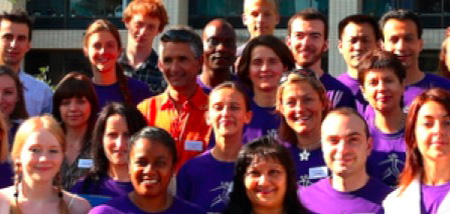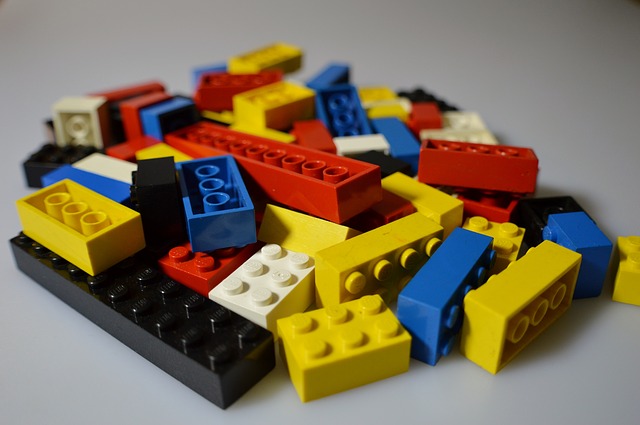10th September 2020 – by Paz García

Sun-seeking behaviour is linked to genes involved in addiction, behavioural and personality traits and brain function, according to a study of more than 260,000 people led by TwinsUK researchers.
This means that people’s behaviour towards seeking sun is affected by a genetic predisposition, and this needs to be taken into account when designing skin cancer awareness campaigns.
The researchers studied detailed health information of 2,500 twins from TwinsUK, including their sun-seeking behaviour and genetics. Identical twins in a pair were more likely to have a similar sun-seeking behaviour than non-identical twins, indicating that genetics play a key role.
The team then identified five key genes involved in sun-seeking behaviour from a further analysis of 260,000 participants from other cohorts. Some of these genes have been linked to behavioural traits associated with risk-taking and addiction, including smoking, cannabis and alcohol consumption and number of sexual partners.
First author Marianna Sanna said:
“When we look at the genes involved in sun-seeking behaviour, we see a clear link with genes previously associated with addiction and various risky behaviours. It would be interesting to investigate the connections between sun-seeking and other addictions and the genetic regulation and biology behind them.”
Senior author Dr Mario Falchi said:
“Our results suggest that tackling excessive sun exposure or use of tanning beds might be more challenging than expected, as it is influenced by genetic factors. It is important for the public to be aware of this predisposition, as it could make people more mindful of their behaviour and the potential harms of excessive sun exposure.”
Dr Veronique Bataille, Consultant Dermatologist involved in the research said:
“It is clear that we see individuals who have unhealthy sun behaviour and are fully aware of it. They will continue to expose themselves excessively even if they have clear skin cancer risk factors. Our research shows that genes regulating addiction and other risky behaviour are important and may explain some of the reticence in changing behaviours in the sun.”







